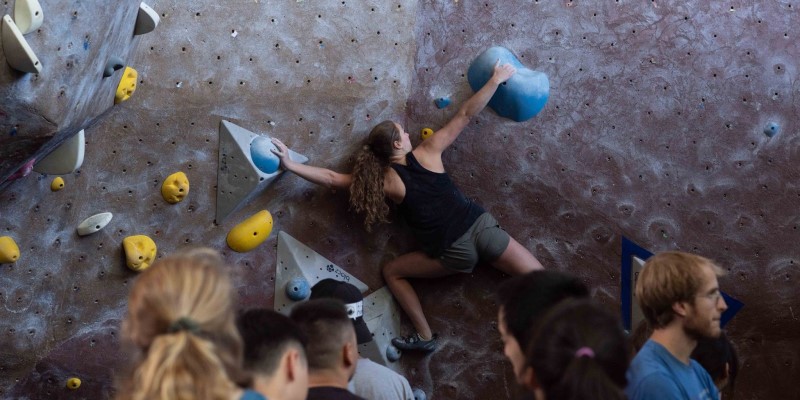How to use common climbing holds
One of the most basic climbing techniques we teach in our intro classes is learning how to use the holds given to you by our phenomenal routesetters. You could be the strongest climber in the gym, but if you grab an undercling incorrectly, you’ll likely come off the wall. Let’s examine some common holds you’ll find in our gym and how to use them.
How do you climb jugs?
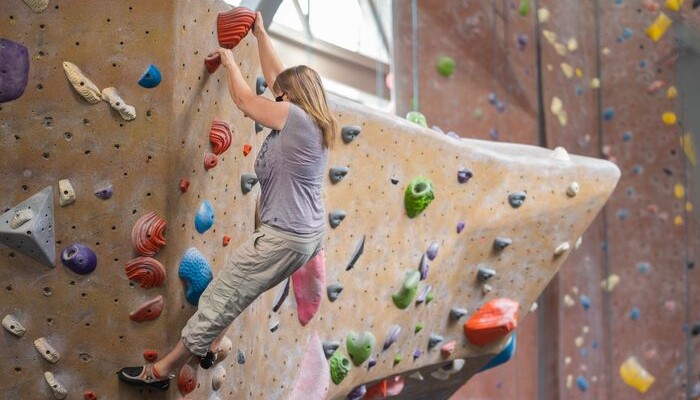
Everyone’s favorite. The good news is, there’s really no wrong way to use a jug. Plenty of surface area, a nice bucket in the back you can sink your fingers into, the whole shebang. As you progress to the harder grades of routes and problems, these become much more infrequent.
Though the term “jug” can be relative, these are quickly going to become your road signs for the best possible rest spot on your harder climbs.
How do you climb slopers?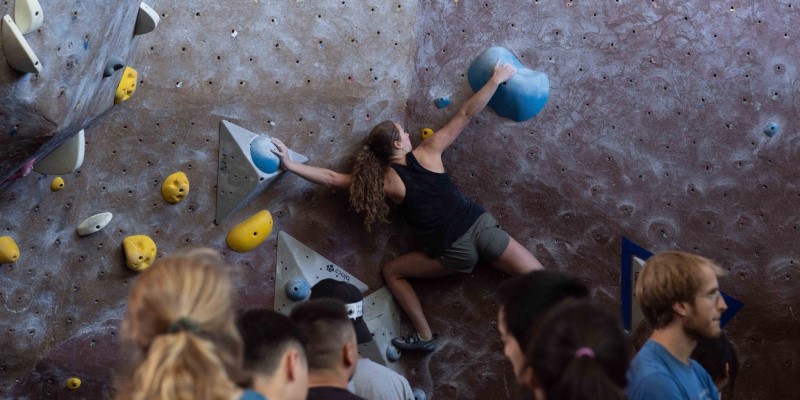
Picture your favorite jug. Now fill the all-important bucket with plastic, leaving you with a rounded hold. Sure, not as appealing as a jug, but once you learn how to use slopers properly, you’ll learn to love them almost as much as their hollowed-out cousins.
The key to sloper mastery in most situations is keeping your body on the opposite side of the hold where your hand is. First, establish your feet on the wall and grab the hold where it feels the best. Imagine your hand is on the North Pole. You’ll want your body to be as far south as possible. This will allow you to exert the maximum amount of force on the hold without your hand slipping off. For more tips, check out our video on how to master slopers
How do you climb pinches?
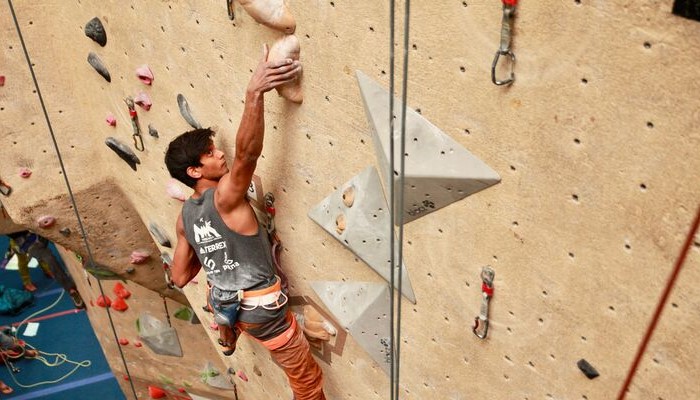
Pinches have a flat or nearly-flat edge on opposite sides and require more grip strength. If your pinch strength – which is trained by, you guessed it, pinching things – is lacking, your instinct may be to hanging or pulling on one flat edge of the hold.
However, engaging your thumb and pinching this hold (versus pulling on one side of the pinch) allows you to pull on a pinch from any direction.
First, grab the pinch and when you move your other hand or your feet up, engage your lateral and pectoral muscles and act as if you were trying to pull your arm into your body. This should keep your elbows from sticking out like a chicken wing and pulling straight out (something you want to try to avoid).
Also consider where to grab the pinch, which can vary in size. Make sure to grab the part of the pinch that works best for you--if you have smaller hands, grab on the smaller part of the pinch and bigger hands may be more comfortable grabbing in a wider spot.
How do you climb crimps (aka edges)?
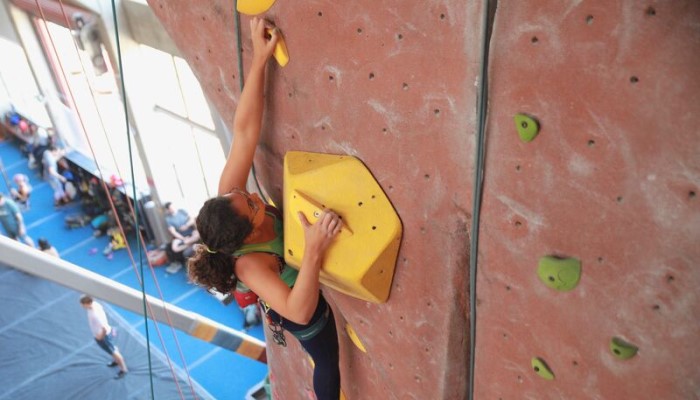
These are the smallest holds you’ll see, and the ones you thought couldn’t be used for anything but your feet when you first walked into the gym. Some crimps are smaller and less forgiving than others, but it’s important to get comfortable with these as you’ll see them on harder grades.
Crimping has all the requirements of the other holds we’ve discussed (directionality, hand strength, etc.), but there’s one more important facet we should touch on. Hand position on a crimp ranges from an open crimp, where your palms are flat and your fingers nearly fully extended, to fully closed, where your fingertips are bent, with your thumb over your nails for extra support. A closed crimp is certainly the strongest way to climb, but also the easiest way to get a finger injury. Use closed crimps sparingly, and train open hand strength whenever possible!
How do you climb pockets?
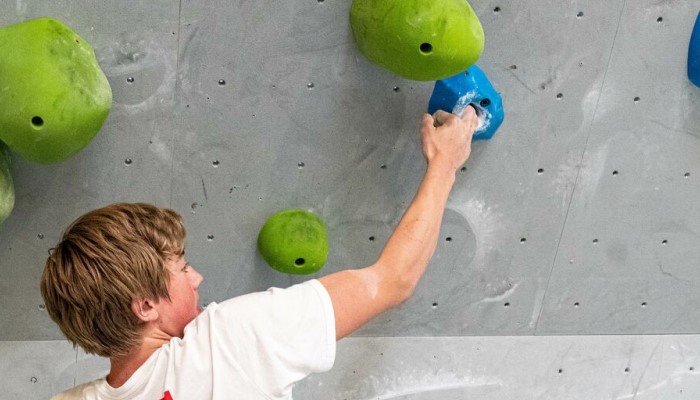
Finally, we come to the pocket, those holds have little holes that you can’t quite get all of your fingers into. Pockets have varying degrees of surface area and finger accessibility. Some are generous, juggy, 4-finger rest holds. On the other end of the spectrum lies the elusive crimpy single-finger pocket.
Caution is your friend when you start moving into pockety climbs. Taking one or two fingers out of the equation and doing hard moves puts a lot of stress on the fingers that remain to do the heavy lifting. To avoid finger injuries, try to use more fingers whenever possible, and make sure your feet are solid.
Want to see these in action? Check out our video going over all of the above mentioned holds and the grip types you need for them
Come climb with us. Find a Movement Gym near you.
